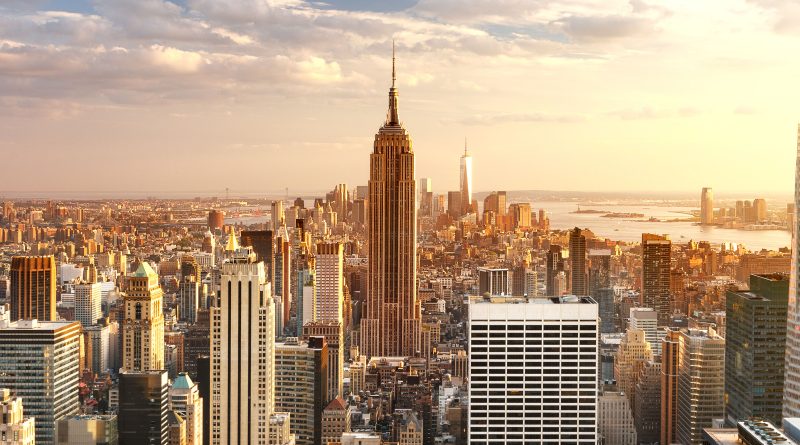The Latest Luxury Tower Ruining New York’s Skyline
In the heart of Manhattan’s NoMad neighborhood, a new architectural marvel is making its mark on the iconic New York City skyline. The 262 Fifth Avenue project, spearheaded by developer Boris Kuzinez of Five Points Development and designed by the Moscow-based avant-garde architecture firm Meganom, represents a bold foray into luxury living spaces that are as visually striking as they are exclusive. Standing at 1,001 feet, this supertall skyscraper is set to house a mere 41 residences, offering expansive, column-free interiors and panoramic views of the city.
Architectural Innovation and Design
262 Fifth Avenue is not just a building; it’s a statement of modern architectural ambition. The design is characterized by its unique “porthole” shaped windows and an innovative structural system that separates the building’s functional core from its living spaces. This configuration allows for customizable full-floor residences that promise an unobstructed living experience, a rare find in the crowded vertical spaces of Manhattan. The integration of the skyscraper with the existing 12-story limestone building on the adjacent lot is a nod to New York’s architectural heritage, blending the old with the ultramodern.
Since its inception, 262 Fifth Avenue has stirred a mix of admiration and controversy. Critically, the skyscraper has been both lauded for its bold design and criticized for its potential to obstruct views of the Empire State Building from various vantage points, including the beloved Madison Square Park. This has sparked a broader debate on the impact of new skyscrapers on the city’s historical and cultural visuals. Urban planners and architectural critics have weighed in, highlighting the challenges of weaving new developments into the fabric of already dense urban landscapes.
The Broader Context: Luxury Living vs. Urban Accessibility
The development of 262 Fifth Avenue raises important questions about the future direction of urban development in New York City. The project epitomizes a trend towards building ultra-luxury residential spaces that cater to a very select group of city dwellers, often at the expense of broader urban inclusivity and accessibility. This dynamic poses significant challenges for a city grappling with issues of housing affordability and social equity. The conversation around 262 Fifth Avenue encapsulates a critical junction in urban planning: balancing the allure of architectural innovation with the necessity of maintaining a diverse and accessible urban core.
As 262 Fifth Avenue nears completion, it not only reshapes the physical skyline of New York City but also reflects the evolving dynamics of urban life. The skyscraper is a test case for future developments, serving as both a blueprint and a cautionary tale. It highlights the need for a considered approach that respects the city’s rich architectural traditions while embracing the possibilities of the future. As New York continues to grow and change, the decisions made now will shape the living experience of its residents for decades to come, making it imperative to find the right balance between innovation and preservation.
Sources:
- The Guardian
- New York YIMBY
- ArchDaily
- e-architect
- StreetEasy
